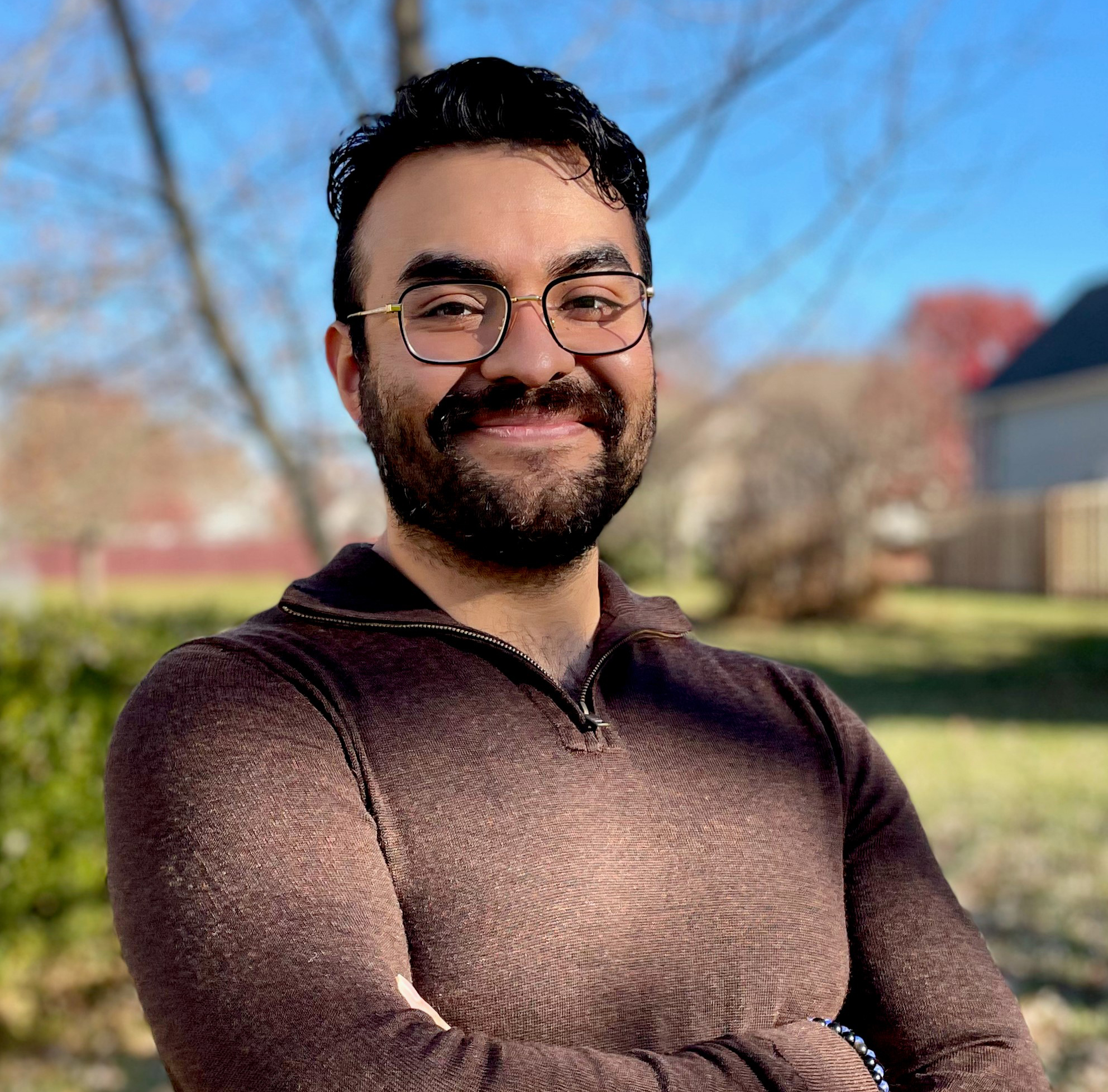Between Memory and Resistance: Archives, Documentary Media, and Archival Resistance on the Mexico-US Borderlands
Presented by the Center for Research on Race and Ethnicity in Society
Presented by the Center for Research on Race and Ethnicity in Society
Dr. Ramón Resendiz
CRRES Postdoctoral Scholar
The Media School
Indiana University
Thursday, February 27, 4:00pm
Maple Room, IMU

The U.S.-Mexico borderlands are among the most imagined landscapes and politically deployed rhetorical devices of the 21st century, mediated through digital, print, social, and mass media. Often depicted as a lawless, perilous space of impending invasion by Latin American asylum seekers, the borderlands are simultaneously portrayed as an ahistorical void demarcating the boundaries of the U.S. Materially, the border functions as a carceral site for migrants, a catalyzing force of racialization, white supremacist violence, and Indigenous dehumanization.
Drawing on over a decade of visual documentary fieldwork, Dr. Ramón Resendiz presents a multimodal media ethnography of the U.S.-Mexico borderlands, focusing on the material and aestheticized settler environs from central Texas to the Rio Grande. He introduces a curated archive of Texas’s visual cultures and clashing visualizing regimes, exploring their distinct iconographies, in/visibilized histories, imagined mythologies, and the racial violence materially inscribed across the Texas landscape. Through video and film, he documents the present while unearthing erased histories of violence, revealing the enduring coloniality of power embedded in the aestheticizing regimes of Texas, Mexico, and the American Southwest.
His photographic methodology exposes how public monuments, architecture, and archival preservation produce settler colonial visualities that naturalize white possessive notions of terra nullius on occupied lands. By analyzing the present visual landscape and its aestheticization of settler colonial violence, he demonstrates the historical entrenchment of power, occupation, and white supremacy that continues to shape these territories. White supremacy, in this context, is rooted in settler colonial possession and amnesiac mythologies that erase Indigenous presence, memory, and existence, normalizing Eurocentric claims to sovereignty. He argues that in Texas, whiteness is co-constructed by both Hispanic and Anglo settler logics, perpetuating white replacement myths that fuel violence against Brown, Black, and Indigenous peoples.
This talk unpacks these issues by examining the visual culture of settler colonial archival institutions in the Texas borderlands. These institutions normalize white possessive historical imaginaries, structuring everyday visual experiences across “The Lone Star State.” The focus of this analysis is not on history itself but on how historic discourses of colonial conquest and violence are remembered and made visible by museums, local communities, governments, and non-governmental organizations. These institutions operate on the unceded lands of the Lipan Apache, Coahuiltecans, Kickapoo, Tigua Ysleta del Sur, Karankawa, and other Indigenous peoples whose histories have been systematically erased from the historical record of what is now called Texas.